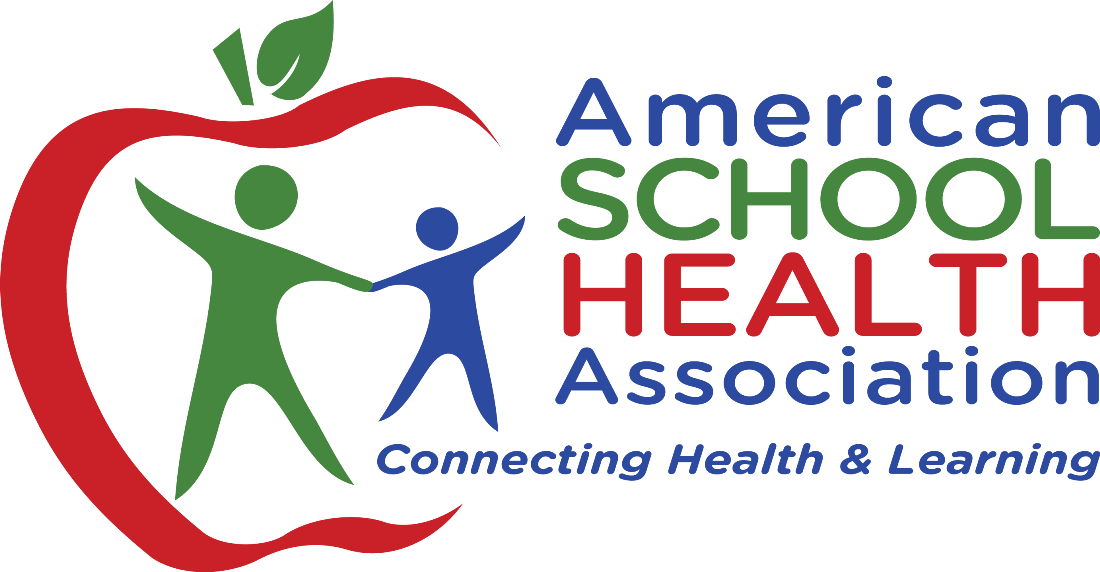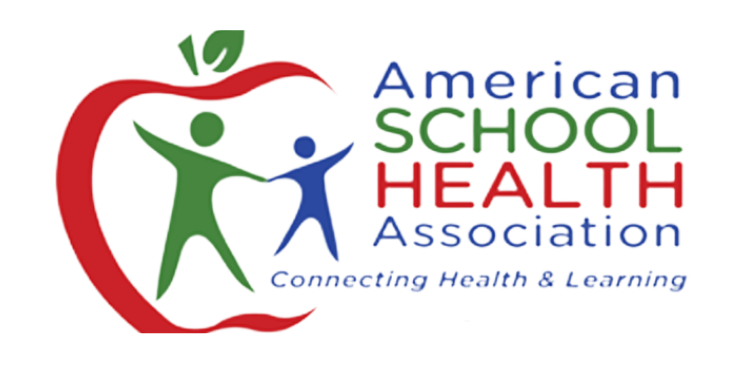Suicide Prevention Week – Starting the Conversation

JoEllen Tarallo, EdD, MCHES, FASHA
Executive Director , Center for Health and Learning
Director, VT Suicide Prevention Center
National Suicide Prevention Week is September 10-16, 2017 and World Suicide Prevention Day was September 10, 2017. The Vermont Suicide Prevention Center, a public-private partnership of the Center for Health and Learning, and a long time member of American School Health Association is promoting public and well informed conversation about suicide prevention.
There is a pressing need to understand the prevalence of suicide as a public health problem and that there are effective approaches to preventing it. According to the American Association of Suicidology in 2015, the suicide death rate is 13.8 per 100,000 deaths by suicide nationally.
In 2015 we lost 44,193 Americans to suicide, an average of 1 person every 12 minutes, and one youth every hour and a half.
Suicide ranks 10th as a cause of death; Homicide ranks 16th. There are 3 male deaths by suicide for each female death, but females attempt at three times the rate. Suicide deaths are higher among older adults, veterans, males, white people, and middle-aged, with these groups having higher numbers in Vermont and nationally.
In sum, suicide is a public health problem of enormous magnitude and the prevention science is an important and emerging field. It is critical that all public health educators educate themselves about the problem starting with understanding some of the common misconceptions and how current research informs us about the reality of the situation.
Misconception: Suicide is mainly a problem in specific age groups.
Reality: Suicide can affect all individuals at any one point in time and suicide risk factors do not discriminate. This means that people of all ages are vulnerable to suicide ideation and attempts.
Misconception: Suicide attempts are really just about people feeling sad and hopeless.
Reality: Most people who die by suicide have an underlying mental health condition such as depression, anxiety disorder, substance use disorder, or a personality disorder. Other suicide risk factors include increased use of alcohol and other drugs, feelings of anxiety, agitation, and recklessness, sleeping too little or too much, feeling isolated or withdrawn from others, or displaying extreme mood swings. Signs of a depressive disorder include irritability, lack of energy, changes in dietary habits, changes in appearance, restlessness, and changes in activities that a person once found pleasurable. A strong emphasis on building skills for redirecting thinking, coping, help-seeking, self-care and communication has been shown to be effective for treating risk factors for suicide.
Misconception: If a person wants to kill themselves, they will find a way.
Reality: The vast majority of all people who make an attempt do not die by suicide. A previous suicide attempt is an important risk factor and must be addressed directly in treatment. With help and support, suicidal people can recover their mental health and well-being. It is important after any traumatic event to plan positive changes to the environment to facilitate recovery.
Misconception: A suicide attempt is typically triggered by a stressful life event.
Reality: One event in a person’s life cannot explain the complex causes of suicidal behavior. Common explanations for suicide are isolation, stressors, inability to seek help from loved ones or from mental health professionals, and lack of access to mental health services. Health factors that can influence suicide behavior include mental health status, chronic pain, or traumatic brain injury. Historical risk factors may include family history of suicide, child abuse, or previous suicide attempts. Environmental risk factors include access to lethal means, and stressful events such as harassment, bullying, recent death, divorce, or job loss. With help, all of these factors can be addressed over time, before a person arrives at a suicidal crisis or when they are in the midst of one.
Misconception: There’s not much you can do for someone who is truly suicidal.
Reality: You do not need to be a mental health professional or doctor to aid someone through a suicidal crisis.
Resources
- The Umatter Suicide Prevention program, based on national evidence-based practices, provides a framework for what to do if you think someone is having suicidal thoughts:
- Listen and show you care.
- Ask: Are you thinking of hurting or killing yourself? This will not increase a person’s suicidal thoughts.
- Get Help.
- Assist in finding help through your local mental health agency, call the National Suicide Prevention Lifeline at 1-800-273-8255
- Text 741741 from anywhere in the USA to text with a trained Crisis Counselor.
- More information about risk factors and warning signs for suicide can be found on the Vermont Suicide Prevention Center website, at www.vtspc.org or the national Suicide Prevention Resource Center website, at www.sprc.org
- If you are feeling suicidal, or are concerned about someone else, please call the National Suicide Prevention Lifeline at 1-800-273-TALK (8255), text VT to 741741 for the Vermont Crisis Text Line service, or visit www.suicidepreventionlifeline.org to text/chat.
This blog was brought to you by ASHA’s Advocacy and Coalitions Committee.

